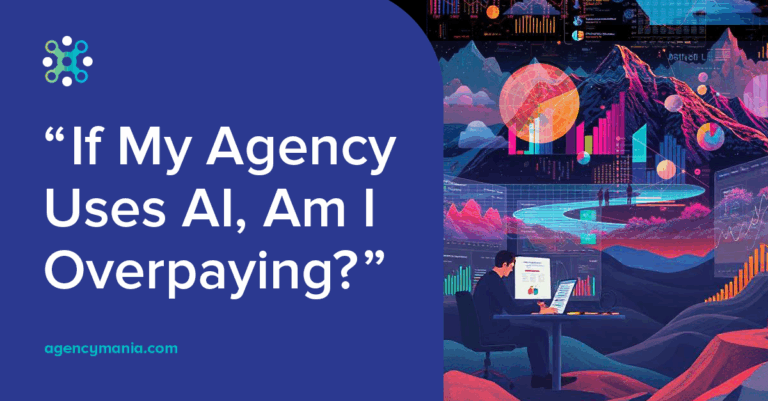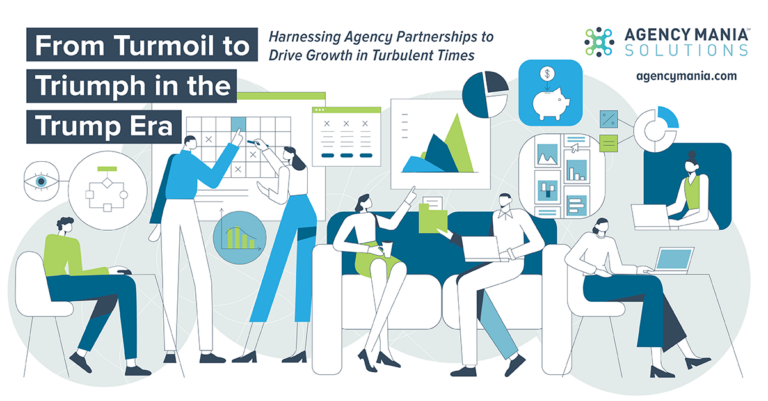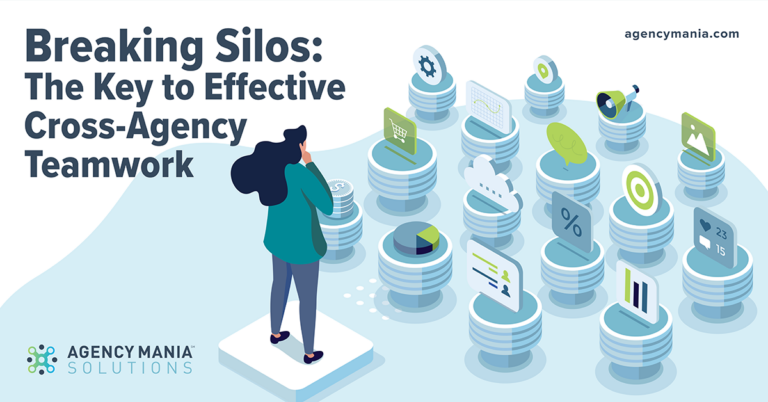Download a print-friendly version here
Lessons in Collaboration from the Human Tower
It’s the most amazing sight: a human tower of Castellers
wearing white trousers, a black sash, a bandana and a
colored shirt bearing the team’s emblem coming together
into a multi-tiered structure of up to 10 people high from the
ground up. You don’t need to go to Spain to see it. In honor
of the rebuilding of the World Trade Center, the Castellers de
Vilafranca — a 150-strong team — attempted to construct the
first eight-level human tower, or castell, ever assembled on a
rooftop.
In Catalan, the word castell means castle, and this feat of
human courage and teamwork truly looks like one once
completed. A tradition dating back to 1712, building castells
is a popular activity in the region of Catalonia and the most
astonishing demonstration of team-building effort, partnership
and collaboration.
What is their secret? Numerous ingredients contribute to the
successful build and rise of this human tower, very similar in
nature to the critical elements client and agency teams must
demonstrate daily to come together and produce great work.
#1: Tap into the right talent to assemble your team
A typical human tower consists of 75 to 100 men, women
and children who have been carefully selected to best fit the
needs of the team. Similarly, when clients and agencies come
together to work on a particular assignment, having the right
talent in place will ensure the right amount of resources and
the right skill sets will be leveraged most effectively. In the past
20 years, I’ve seen agency and client teams struggle to produce
outstanding work because too little effort was put into carefully
selecting team members with complementary skill sets. Clients
should carefully review the staffing plans proposed by their
respective agencies to build the most qualified team.
#2: Outline a clear role for everyone
Human towers gather several team members in an attempt
to build the tallest possible structure without the risk of
breaking. It assumes that some team members, particularly
those exhibiting the most physical strength, will remain at the
bottom and slowly and carefully form the pinya, or bottom
base of the castell, to sustain its weight and act as a safety if
the tower were to collapse. Lighter-weight individuals, typically
children, are asked to climb last, reducing the weight imposed
on those forming the foundation. When clients construct their agency model, they look for agency talent that will bring a
unique set of capabilities to the virtual team and make sure
to bring them at the right ti me. Many agencies today off er a
wide range of overlapping services — with varying degrees
of expertise. Who is leading creative? Is the media agency
handling both traditional and digital? What aspect of digital
strategy is handled by the creative and media agencies or
by a specialized digital partner? Each agency partner must
know what role it plays and when it is expected to contribute,
avoiding wasteful redundancies and possible tension in the
agency roster.
#3: Win or fail as a team
In most competitions, each “castells” team gets five chances to
construct the tower. No one can fall from the tower as it is built
or the team loses. If you’re on the top, you fall far. If you’re
on the bottom, other people fall on you. Client and agency
relationships must be structured to operate under the same
principle: both win or lose together. Success metrics must be
jointly defied, shared and fully embraced across the team.
A social media agency might have discipline-specific metrics
related to engagement, for example. However, all agency
partners — no matter their individual discipline — should
share a common set of metrics that unify the work and ensure
complete alignment. The “shared” metrics must be weighted
in such a way that they matter more than discipline metrics, so everyone is motivated to work together toward the same
end goal. If there is a compensation element to performance,
it must be based on the same metrics used by the client to
determine success.
#4: Encourage open feedback and communication
The scoring for human towers is determined based on the
maximum number of points gathered from the top three
towers. As the towers are built, fluid and open communication
is vital to keep the structure intact and adapt to the changes as
they occur. Clients and agencies must also encourage constant,
open, respectful communication about the work and the
relationship — what works and what doesn’t, and what can
be done about it. It is expected to occur at all ti mes. This
process is oft en enabled through a formal 360-degree feedback
loop process that encourages both clients and agencies to
share constructive dialog when the project is complete in a
sort of post-mortem evaluation process. The insights can then
be incorporated into future work – or future tower.
#5: Refrain from looking down – look up
If you suffer from vertigo, you can relate to this: don’t ever
look down. The assembly is considered complete once all
Castellers have climbed into their designated places. In a
human tower, the person standing at the top must extend
four fingers on one hand in a symbolic move that resembles
the stripes of the Catalan flag. When this happens, the person
looks up. This is a good metaphor for how clients and agencies
must manage their partnership, always pushing forward and
exploring innovative ways to drive better outcomes. They
must incorporate what they learned from past campaigns
and leverage historical data, but not get bogged down into
reliving the past. They must be willing to take some risks by
experimenting with new concepts and ideas.
Next time you are building a team composed of various agency
partners, consider the TOWER principles applied to erect
human tower teams for the past 300 years. The motto of
Castellers is “Força, equilibri, valor i seny,” or strength, balance,
courage and common sense. All of these principles apply to
building strong collaboration between clients and agencies,
as well as within a client’s agency roster between various
agency teams. These are oft en the result of trials and errors
as each tower is as unique as the individuals who have been
selected. When in doubt, remember that the highest “castell”
in history was a 10-floor structure. Keep climbing.








